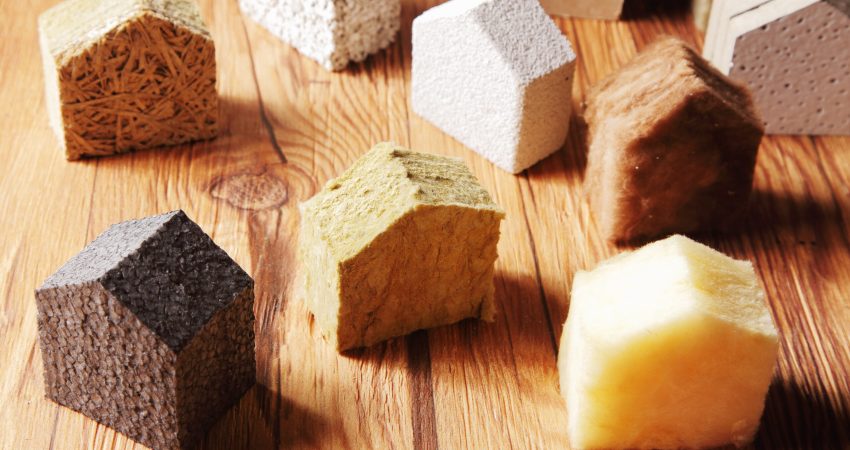Okay, let’s be real, insulation might not be the most glamorous home improvement topic, but trust us, it’s a game-changer. Think of it as the unsung hero of your home, working tirelessly to keep you comfy year-round and saving you money on energy bills month after month.
Now, you might be thinking, “Insulation is insulation, right?” Not quite! Just like there are different types of cars or coffee, there are different types of insulation — each with its own unique set of benefits and ideal uses. Let’s break it down:
- Fiberglass: This is the most common type, and you’ve probably seen those fluffy pink batts in attics or walls. It’s made from tiny glass fibers and comes in rolls or batts. Fiberglass is a good all-around option, relatively affordable, and does a decent job at resisting heat flow. It’s also readily available and easy to install, making it a popular choice for DIYers.
- Cellulose: If you’re looking for an eco-friendly option, cellulose is your winner! It’s made from recycled paper products, like newspapers and cardboard, and it’s treated with borates for fire resistance and pest control. Cellulose is great for filling in those awkward nooks and crannies in your attic or walls. It’s typically blown in using specialized equipment, creating a seamless layer of insulation.
- Spray Foam: This one’s a bit more high-tech. It comes in two main types: open-cell and closed-cell. Open-cell spray foam is lighter and more flexible, making it ideal for interior walls. Closed-cell spray foam is denser and more rigid, providing a higher R-value and excellent moisture resistance, making it a great choice for exterior walls and roofs.
- Mineral Wool: Don’t let the name fool you, this isn’t your grandma’s knitting yarn! Mineral wool comes in two varieties: rock wool (made from basalt rock) and slag wool (made from blast furnace slag). It offers excellent fire resistance, soundproofing qualities, and moisture resistance. Mineral wool is often used in exterior walls, attics, and basements.
So, which one’s right for you? Well, it depends on a few factors, like your budget, your home’s construction, and the specific area you’re insulating. For example, spray foam might be a good choice for your attic to create an airtight seal, while fiberglass batts could work well in your walls for a cost-effective solution.
Here’s a pro tip: Pay close attention to the R-value. This measures the insulation’s resistance to heat flow. The higher the R-value, the better it insulates. You’ll want to choose an R-value that’s appropriate for our climate and the area you’re insulating.

